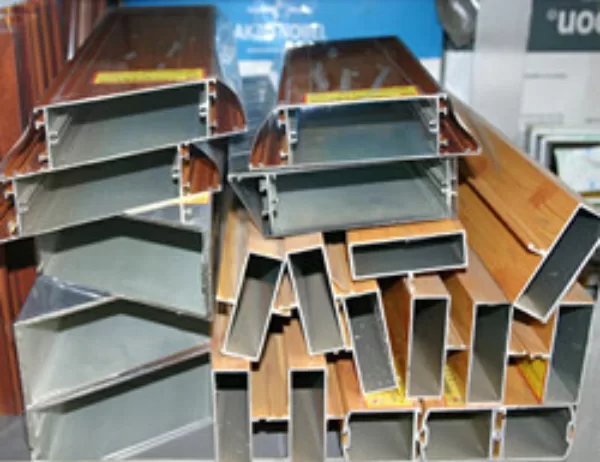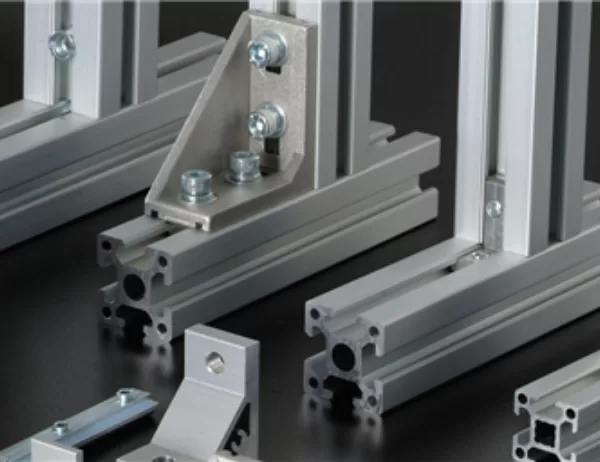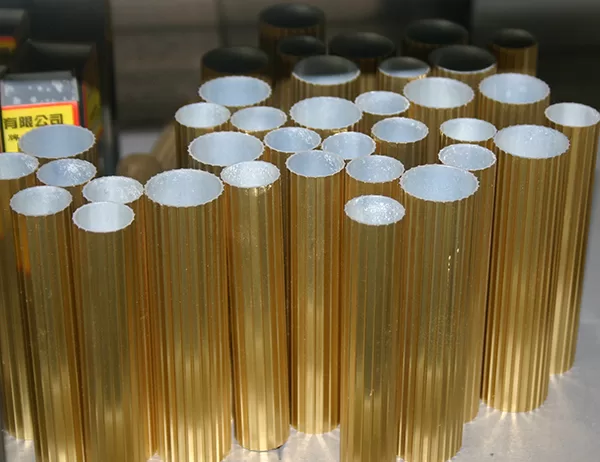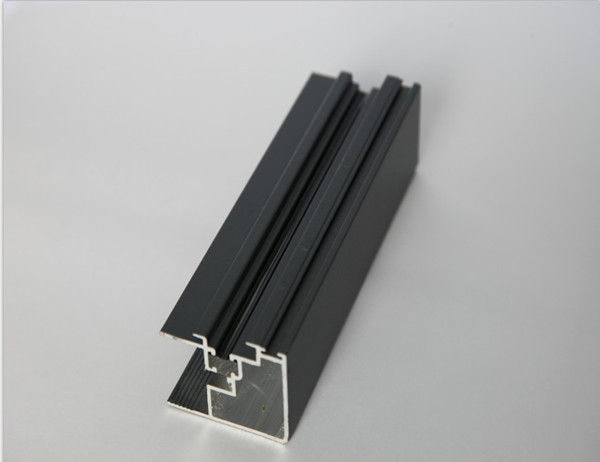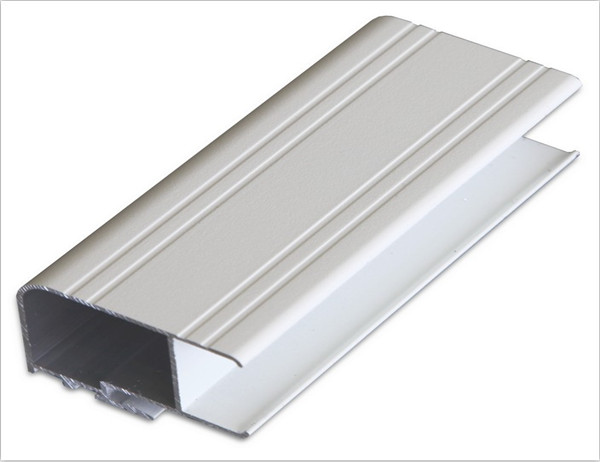Aluminum molding profiles are a versatile and durable material used in a wide range of applications. They are lightweight, corrosion-resistant, and strong, making them an ideal choice for both interior and exterior applications. In this article, we will explore the various factors that contribute to the durability of aluminum molding profiles and discuss how these profiles can provide long-lasting performance in different environments.
One of the key factors that contribute to the durability of aluminum molding profiles is their excellent corrosion resistance. Aluminum forms a natural oxide layer on its surface that protects it from further oxidation and corrosion. This oxide layer is self-healing, meaning that if it is scratched or damaged, it will reform quickly to maintain the protection of the underlying metal.
In addition to their natural corrosion resistance, aluminum molding profiles can also be further protected by applying a protective coating. These coatings can be clear or colored, and they provide an additional layer of protection against the elements.
Aluminum molding profiles are also known for their strength and durability. They are made from a strong and lightweight alloy that can withstand significant loads without bending or breaking. This makes them an ideal choice for applications where strength and rigidity are required.
The strength of aluminum molding profiles is also enhanced by their design. These profiles often have a ribbed or corrugated design that increases their strength without adding significant weight. This design also helps to disperse loads evenly, reducing the risk of bending or breaking.
Aluminum molding profiles are also fire-resistant. They do not burn or support combustion, making them an ideal choice for applications where fire safety is a concern. This fire resistance is due to the fact that aluminum has a high melting point and does not release flammable gases when heated.
In addition to their natural fire resistance, aluminum molding profiles can also be further protected by applying a fire-resistant coating. These coatings can help to further reduce the risk of fire damage and ensure that the profiles maintain their structural integrity in the event of a fire.
Aluminum molding profiles are also weather-resistant. They can withstand exposure to rain, snow, ice, and sunlight without deteriorating. This makes them an ideal choice for both interior and exterior applications.
The weather resistance of aluminum molding profiles is due to their corrosion resistance and their ability to withstand temperature fluctuations. The oxide layer that protects the aluminum from corrosion also helps to protect it from the elements.
Aluminum molding profiles are a durable and versatile material that can be used in a wide range of applications. Their corrosion resistance, strength, fire resistance, and weather resistance make them an ideal choice for both interior and exterior applications. By understanding the factors that contribute to the durability of aluminum molding profiles, you can choose the right profiles for your project and ensure that they will provide long-lasting performance.
